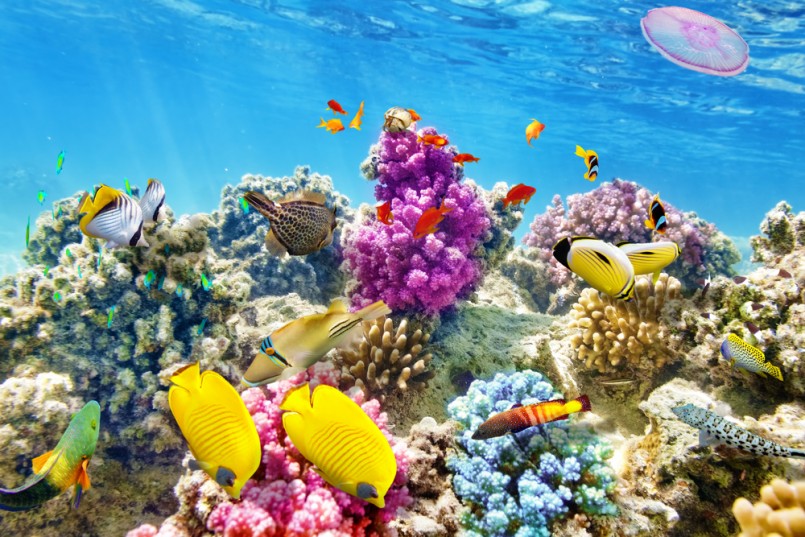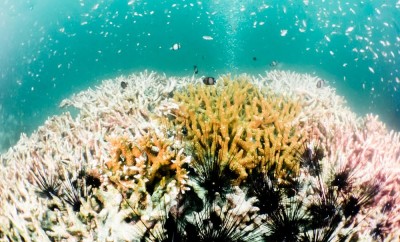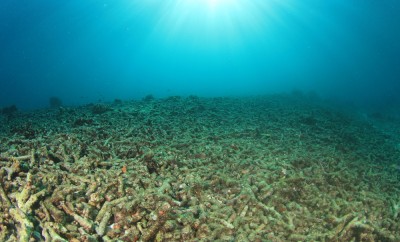Environment
Coral bleaching: Genetic secrets of algae could help

Image: Shutterstock/Brian Kinney
We have all heard it in the news, The Great Barrier Reef down under is facing the worst coral bleaching of all times, risking all the flora in the ocean.
But here is some groundbreaking news scientists just discovered: specific genes in algae can help them withstand higher temperatures and potentially save the corals.
Australian researchers have found genes which allow some algae living on corals to withstand higher ocean temperatures. These genes could potentially help understand the risks involved with coral bleaching in the different areas of the Great Barrier Reef by acting as markers.
What is coral bleaching
Corals and microscopic algae (zooxanthellae) have a symbiotic relationship. The algae get attached to the corals by living in their tissues. They are the primary source of food for corals, and they also give corals their distinct color.
But, if the symbiotic relationship comes under stress, the algae gets detached and leaves the coral which does not just rip coral from their major source of food, but they lose their color and become more susceptible to diseases. This is the reason why a bleached coral looks completely white in color.
The major cause of coral bleaching is, of course, climate change, but there can be other reasons as well:
- Pollution
- Overexposure to sunlight
- Very low tides
While Coral bleaching might not seem as though it is a big issue, in reality it could be a significant threat to the ecosystem. It can have a number of negative effects on the environment, including:
- Change in water temperatures, salinity, and currents
- Change in zooplankton and phytoplankton (animals and plants that live under sea ) population
- Change in air temperatures
- Increase of greenhouse gases like methane and carbon dioxide
This is a classic example of the butterfly effect. Microorganisms under the sea can affect other ecosystems and create a chain reaction of events.
How is coral bleaching affecting the Great Barrier Reef
In March 2016, it was revealed that this World Heritage Site is at a severe risk. The north section of the reef has had the worst bleaching on record. When experts scanned the ocean aerially, they found out about sixty percent of the total reefs were white, or bleached.
Though, they are still not sure how many of the reefs would die and how many would survive.
It is because if the bleaching is not severe, the corals can still recover. But if the algae have been lost for a long time, corals will eventually die.
As the Great Barrier, the world’s largest coral reef ecosystem, is under a climate change threat, researchers are trying to do everything they can to try and find a solution, which in turn led them to the algae gene discovery.
How can algae genes help
Some algae can withstand higher temperatures which allow them to avoid bleaching, and this is possible because of special genes in them.
When two cultures of algae were taken from a cold and a warm location, and subjected to heat stress, the algae from the colder location soon expelled from the corals and caused bleaching, whereas, the algae from the warmer location remained healthy.
The algae from the warmer reef were able to do this by activating certain types of genes when under the heat stress which helped it counter the damaging effects.
Scientists are trying to see if the cold reef algae can do the same thing, and avoid bleaching. With a quarter of reefs already lost to coral bleaching, scientists and the government are taking all the necessary steps.
The future surveys would reveal if the surviving corals contain algae that can switch on the heat tolerant algae, and till then all we can do is hope.





0 comments